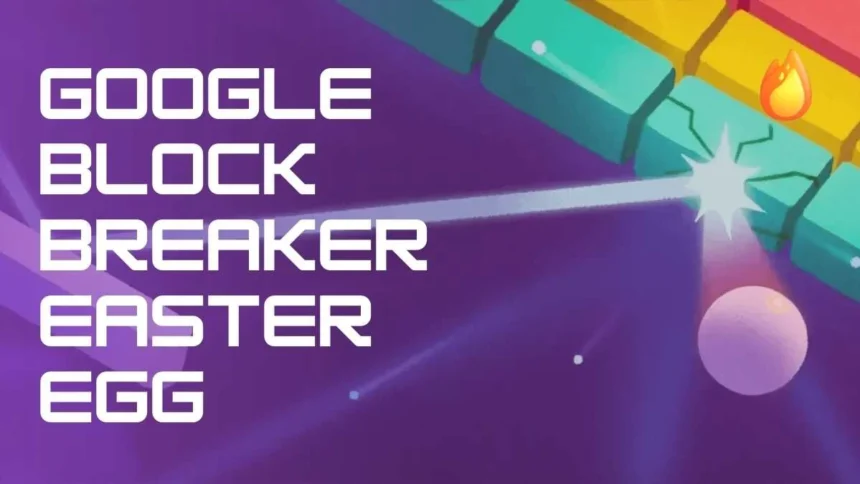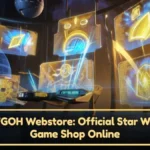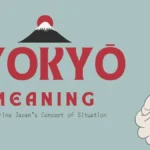Google Block Breaker is a hidden Easter egg game created by Google, inspired by the legendary arcade title Breakout. It is a digital surprise where players control a paddle to bounce a ball upward, breaking colorful blocks arranged above, while making sure the ball does not fall past the paddle.
What is Google Block Breaker? It is Google’s playful twist on the arcade genre, designed to engage users with interactive fun directly inside search tools. Over time, Google has released different variations, including the famous Atari Breakout in Google Images. Even though some versions are no longer available, Block Breaker symbolizes Google’s tradition of blending nostalgia, creativity, and gamified discovery into everyday browsing.
Origins and History
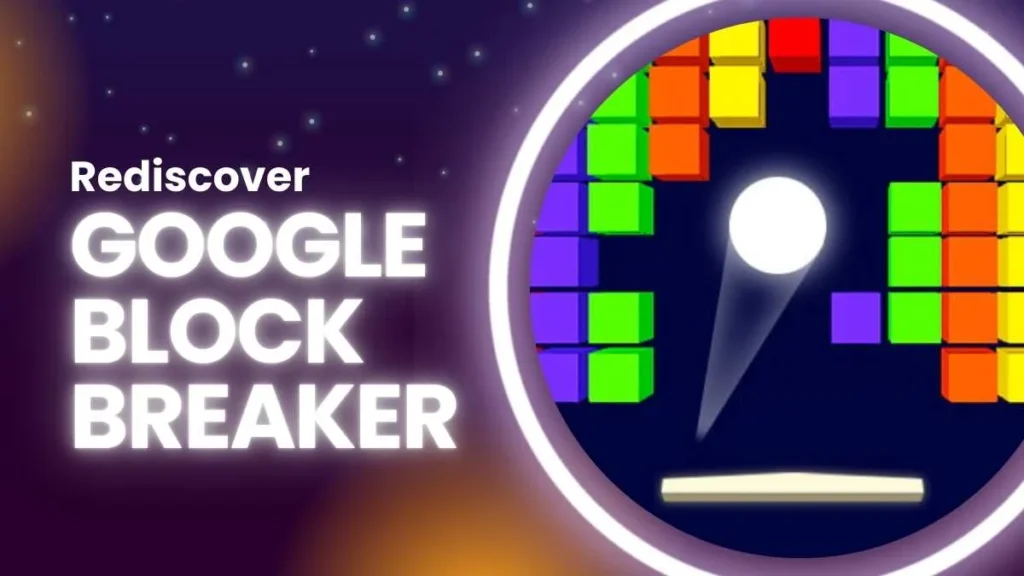
The concept of Block Breaker originates from Atari Breakout (1976), an arcade game created by Steve Wozniak and Steve Jobs during their time at Atari. Its simplicity and replay value turned it into a cultural icon.
Decades later, Google embraced the same spirit of entertainment by introducing hidden search games, often known as Easter eggs. In 2013, Google honored Atari by launching a playable version of Breakout inside Google Images, creating one of the most memorable Easter eggs in internet history.
Gameplay Mechanics Explained
The Google version retains the core arcade mechanics while offering a modern, search-based twist:
The Paddle:
Controlled by the player using the keyboard or mouse, the paddle sits at the bottom of the screen. Its function is to bounce the ball upward.
The Ball:
The central element of the game, the ball bounces off surfaces, breaking blocks with each collision.
The Blocks:
In the Google Images version, each block was an image search result thumbnail. They were stacked at the top of the screen, gradually cleared as the ball hit them.
Objective:
Clear all the blocks without allowing the ball to slip past the paddle.
The Atari Breakout Easter Egg in Google Images
The 2013 Easter egg in Google Images was the most popular version of Block Breaker. Typing “Atari Breakout” turned the image grid into playable blocks.
Key highlights included:
- Scoring points by destroying blocks made of search result images.
- Progressing through multiple levels with fresh sets of images.
- A competitive, shareable nature that encouraged users to chase high scores.
Although discontinued, this game is remembered as a clever intersection of retro gaming and modern search technology.
Why Google Builds Easter Egg Games
The existence of Google Block Breaker highlights a deeper philosophy at Google: innovation through playfulness. Easter eggs like this are not just for entertainment; they serve multiple purposes:
- Engagement: Small games keep users entertained and encourage longer interaction with Google’s platforms.
- Brand Personality: Easter eggs humanize the company, showing that technology doesn’t have to be rigid—it can be fun.
- Tribute to History: By reviving Atari Breakout, Google paid homage to a classic that shaped digital entertainment.
- Viral Marketing: When discovered, Easter eggs quickly spread across social media, generating organic buzz for Google.
Coaring Atari Breakout and Google Block Breaker
| Feature | Atari Breakout (1976) | Google Block Breaker (2013) |
| Platform | Arcade cabinet | Google Images (web-based) |
| Graphics | Basic pixel bricks | Search result thumbnails |
| Controls | Joystick | Mouse/keyboard |
| Accessibility | Arcade-only | Free via browser |
| Replay Factor | High | High + shareable online |
Cultural Impact and Legacy
The legacy of Google Block Breaker lies in how it merged retro gaming with modern internet culture, introducing a new generation to Breakout while reviving arcade nostalgia for older players. Beyond entertainment, it contributed to the preservation of gaming history in a digital context, sparked educational discussions on user experience and game design, and acted as a community touchpoint where players shared screenshots and strategies online. Even after its removal, people continue searching for ways to play it again, proving its lasting relevance and cultural for ways to play it again, proving its lasting relevance.
Variations and Alternatives
These versions demonstrate how a simple concept can be adapted across multiple platforms. While the Atari Breakout Easter egg remains the most iconic, Google has experimented with different block-breaking mechanics over time:
- Mobile Variations: Some versions appeared briefly within mobile apps and services, allowing on-the-go gaming experiences.
- Themed Games: During anniversaries or celebrations, Google occasionally tweaks its Easter eggs to include festive or cultural themes.
- Fan Re-creations: Since the original Google Images Easter egg was discontinued, independent developers have built replicas that mimic the experience, accessible via browser-based sites.
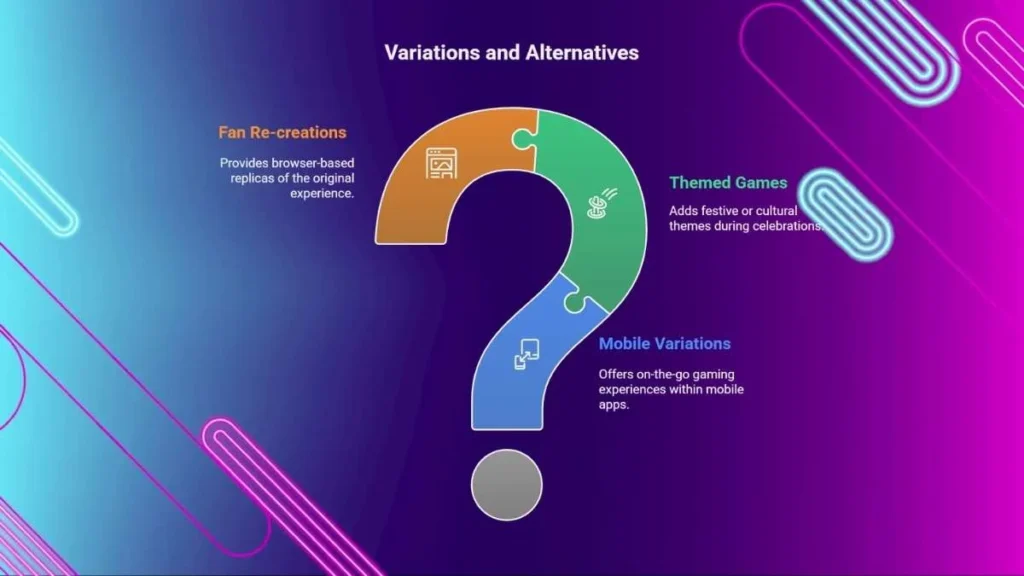
These variations demonstrate how Block Breaker became a symbolic template for interactive search experiences.
FAQs
Q1: Can I still play the original Google Block Breaker today?
No, the official Easter egg is discontinued, but replicas are available online.
Q2: Did Block Breaker have levels like traditional arcade games?
Yes, clearing one screen loaded fresh image grids, creating level-based progression.
Q3: Was Block Breaker available on the mobile Google Search?
While not officially, some experimental mobile-friendly versions briefly appeared.
Conclusion
Google Block Breaker is more than a nostalgic Easter egg; it is a cultural bridge between the arcade era and today’s interactive web. Inspired by Atari’s Breakout, it transformed everyday search results into a playful, shareable experience.
Even though the official version is gone, the spirit of Block Breaker lives on through replicas and its place in digital history. At its heart, it reflects Google’s ability to fuse information, fun, and creativity, reminding us that technology can surprise us in joyful, unexpected ways.
